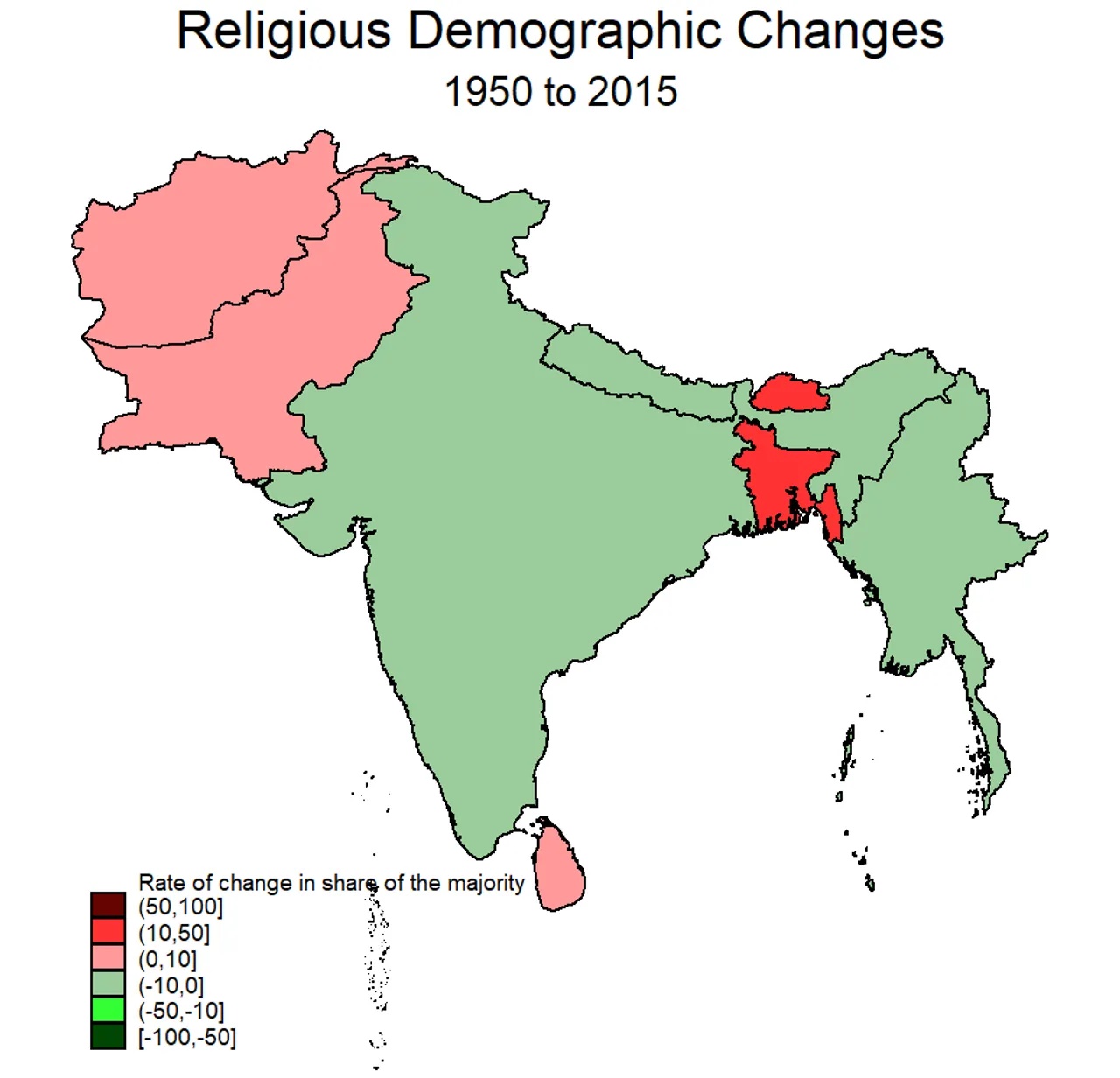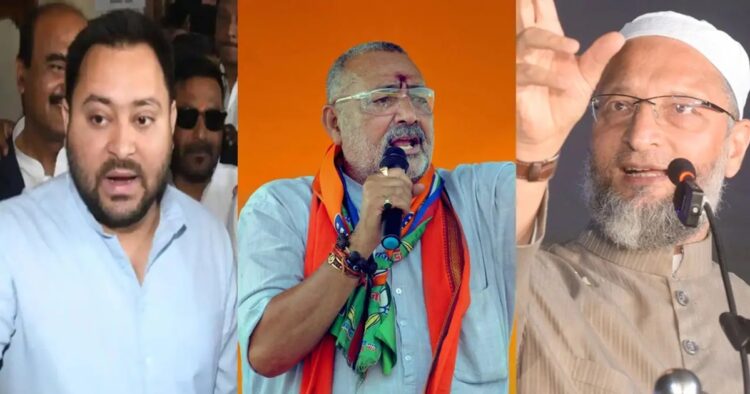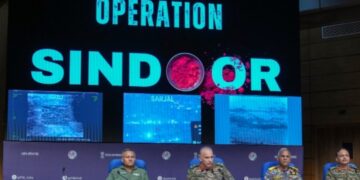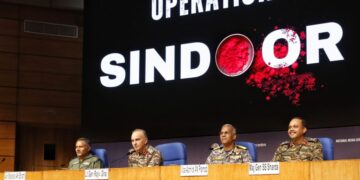A recent report revealing a decline in the Hindu population in Bharat has sparked intense political debates, with the ruling Bharatiya Janata Party (BJP) blaming historical Congress rule and opposition leaders dismissing the findings as unsubstantiated claims from what they term “WhatsApp University.”
Prepared by members of the Economic Advisory Council to the Prime Minister (EAC-PM), the report highlights a 7.82 percent decrease in the Hindu population between 1950 and 2015, contrasting with an increase in the share of minority populations during the same period.

The BJP, seizing upon the findings, attributes the decline in Hindu population to decades of Congress governance. BJP IT Cell chief Amit Malviya pointedly states that the Muslim population saw a significant rise of 43 percent during the same timeframe, blaming what he describes as Congress’s neglect of Hindu interests.
Union Minister Giriraj Singh further intensifies the BJP’s stance, accusing the Congress of transforming Bharat into what he terms a ‘Dharamshala’ or a guest house during their tenure, allegedly resulting in the diminishing Hindu majority.
However, opposition figures, notably Asaduddin Owaisi of the All India Majlis-e-Ittehad-ul-Muslimeen (AIMIM), dismiss the report as propaganda, labeling it as a product of misinformation spread through social media platforms like WhatsApp. The statement made my Owaisi draws criticism and baseless among public.
Authored by EAC-PM members Shamika Ravi, Apurv Kumar Mishra, and Abraham Jose, the report underscores the significant growth in the Muslim population from 9.84 percent in 1950 to 14.09 percent in 2015, marking a 43.15 percent increase. The report notes Bharat’s comparative decline in majority population within the South Asian region, second only to Myanmar.
The contentious findings of the report have laid bare the deep-seated political fault lines in Bharat, with each side using the demographic data to bolster their respective narratives, further polarizing public opinion and intensifying the ongoing political discourse.

















Comments